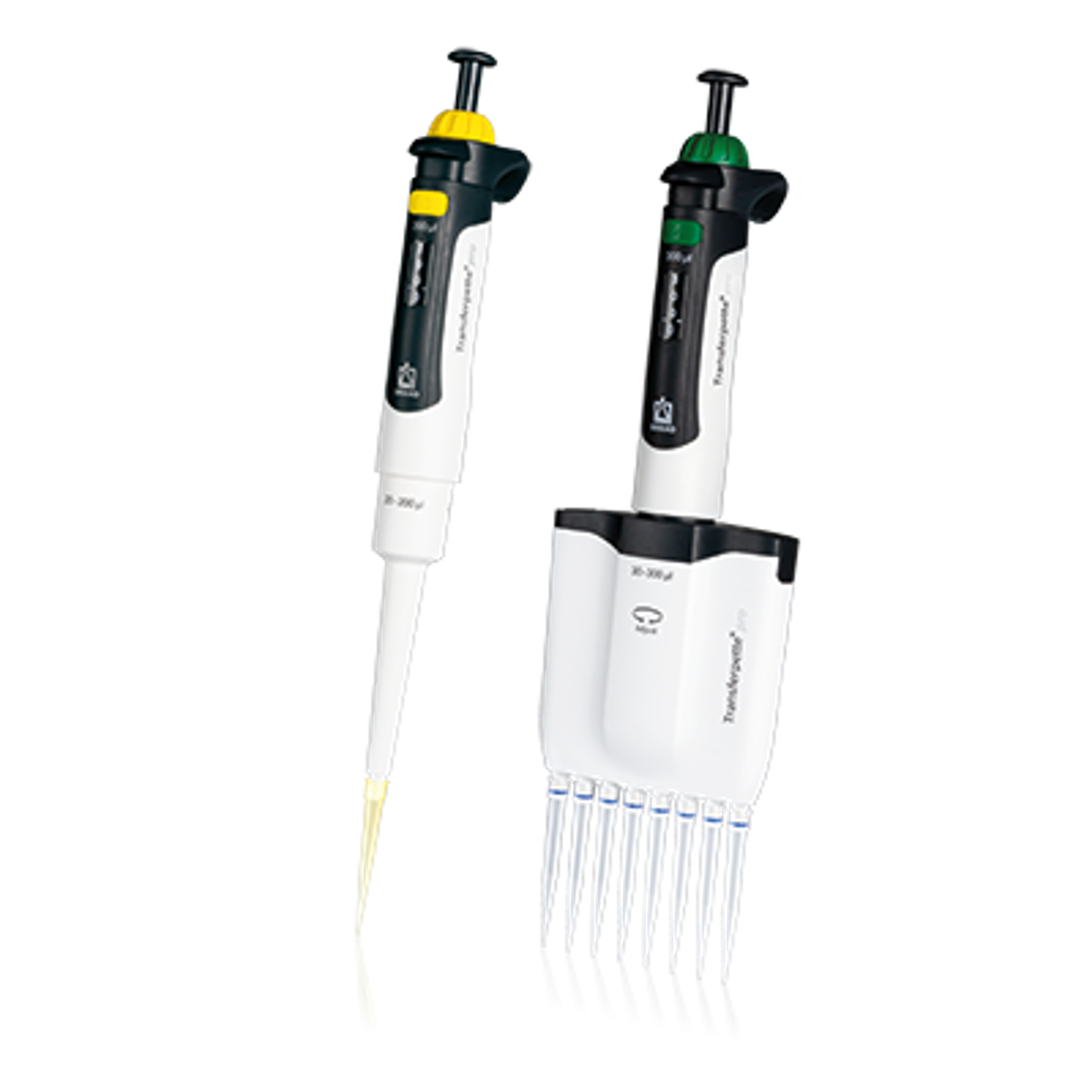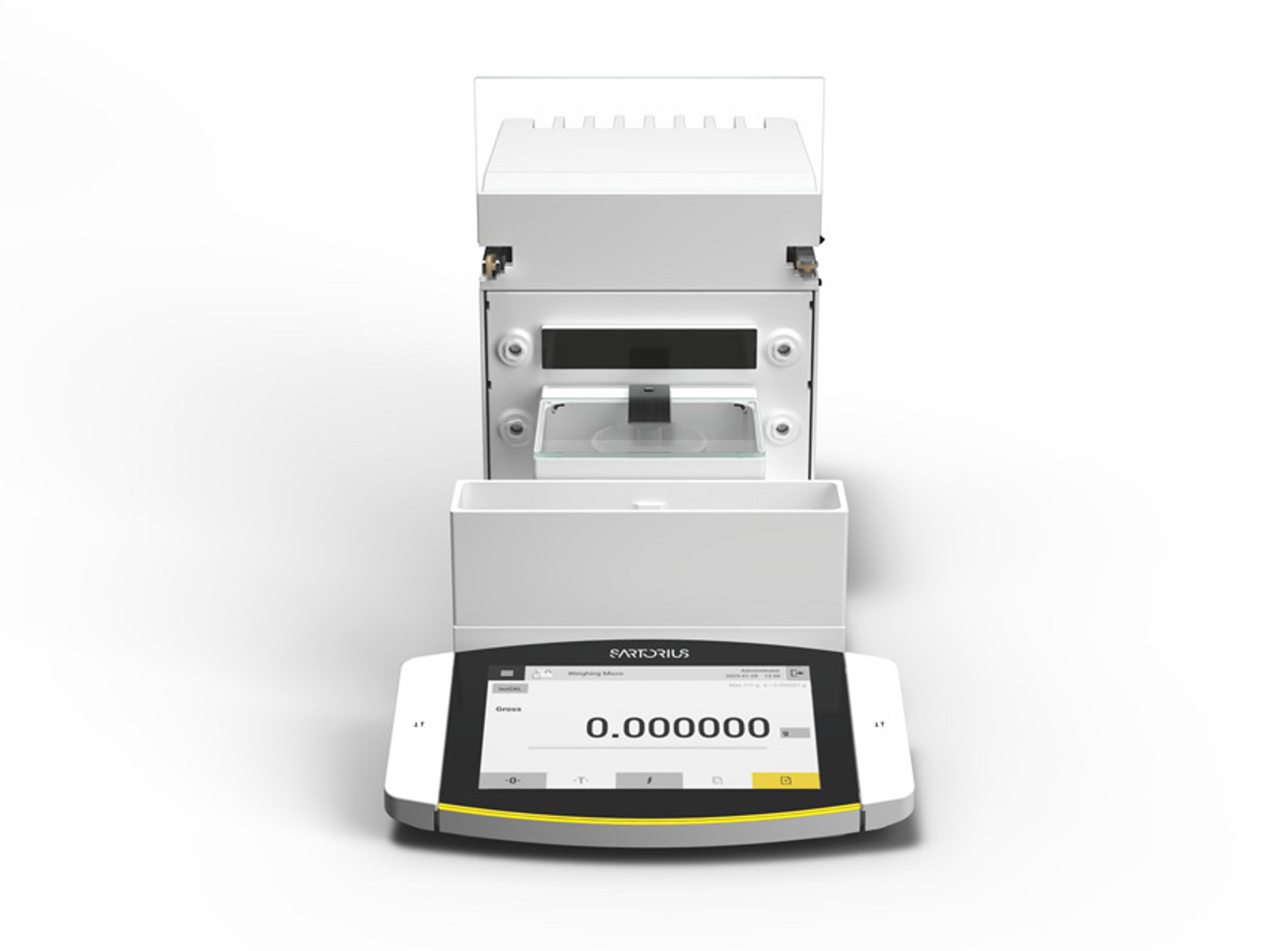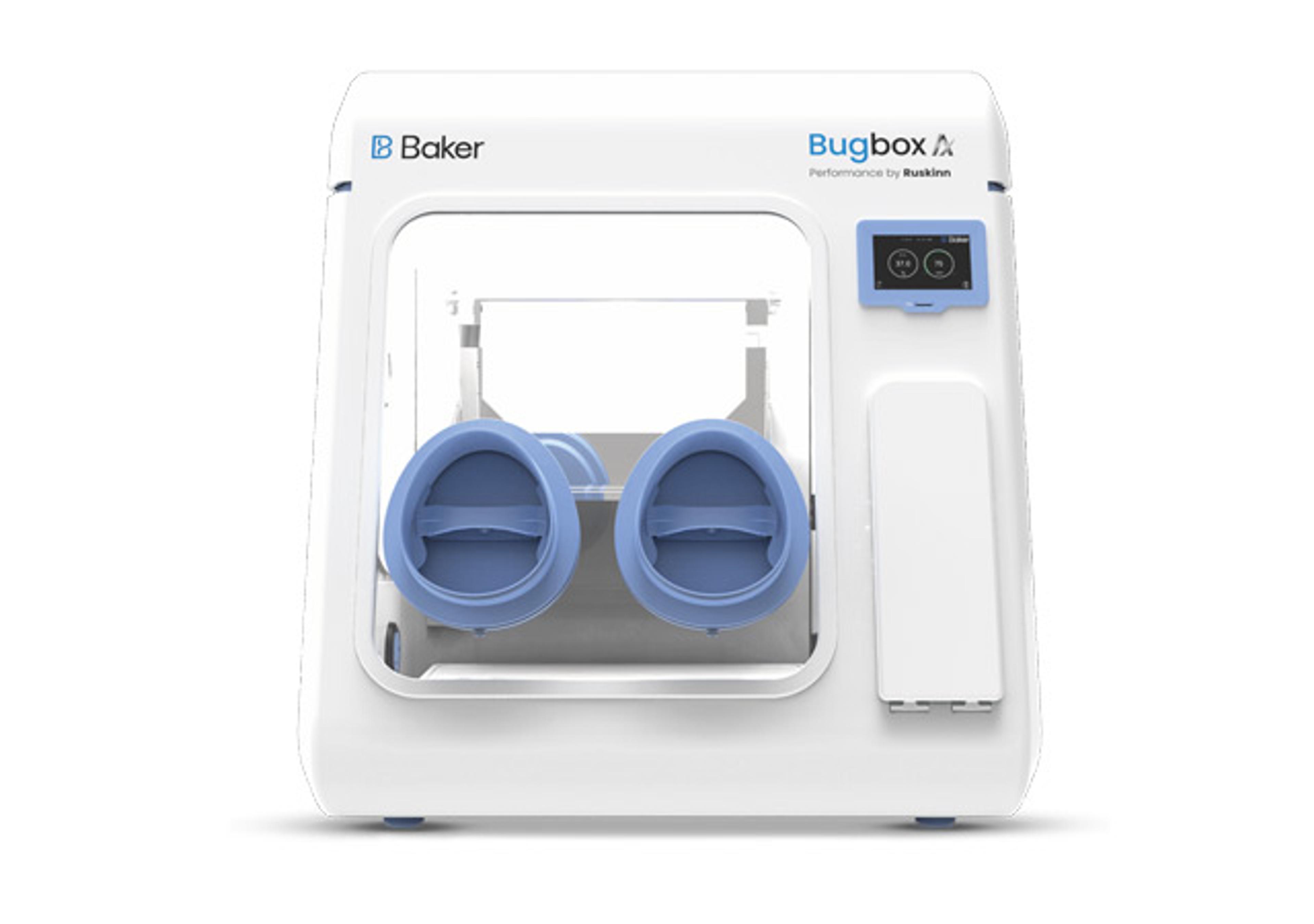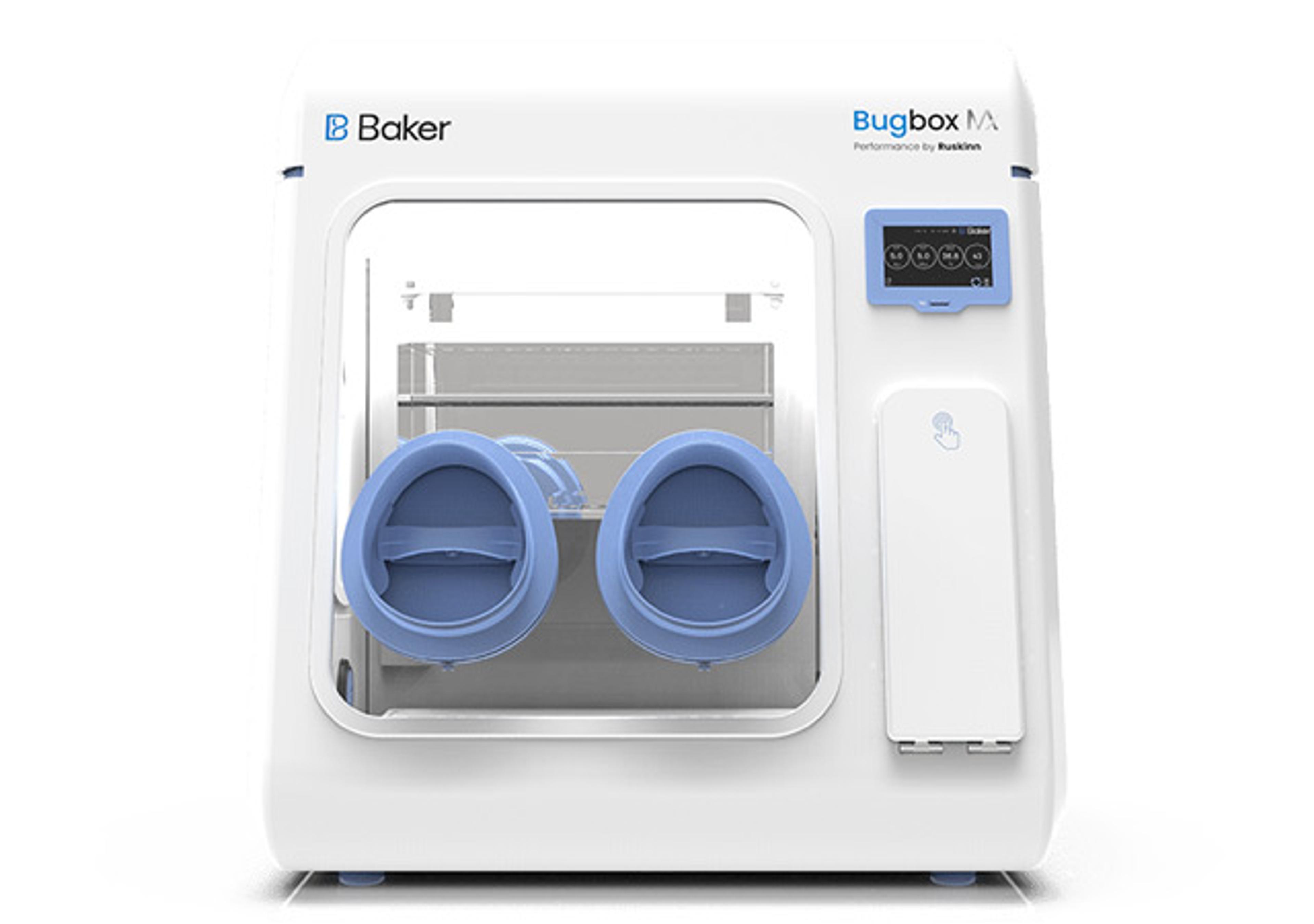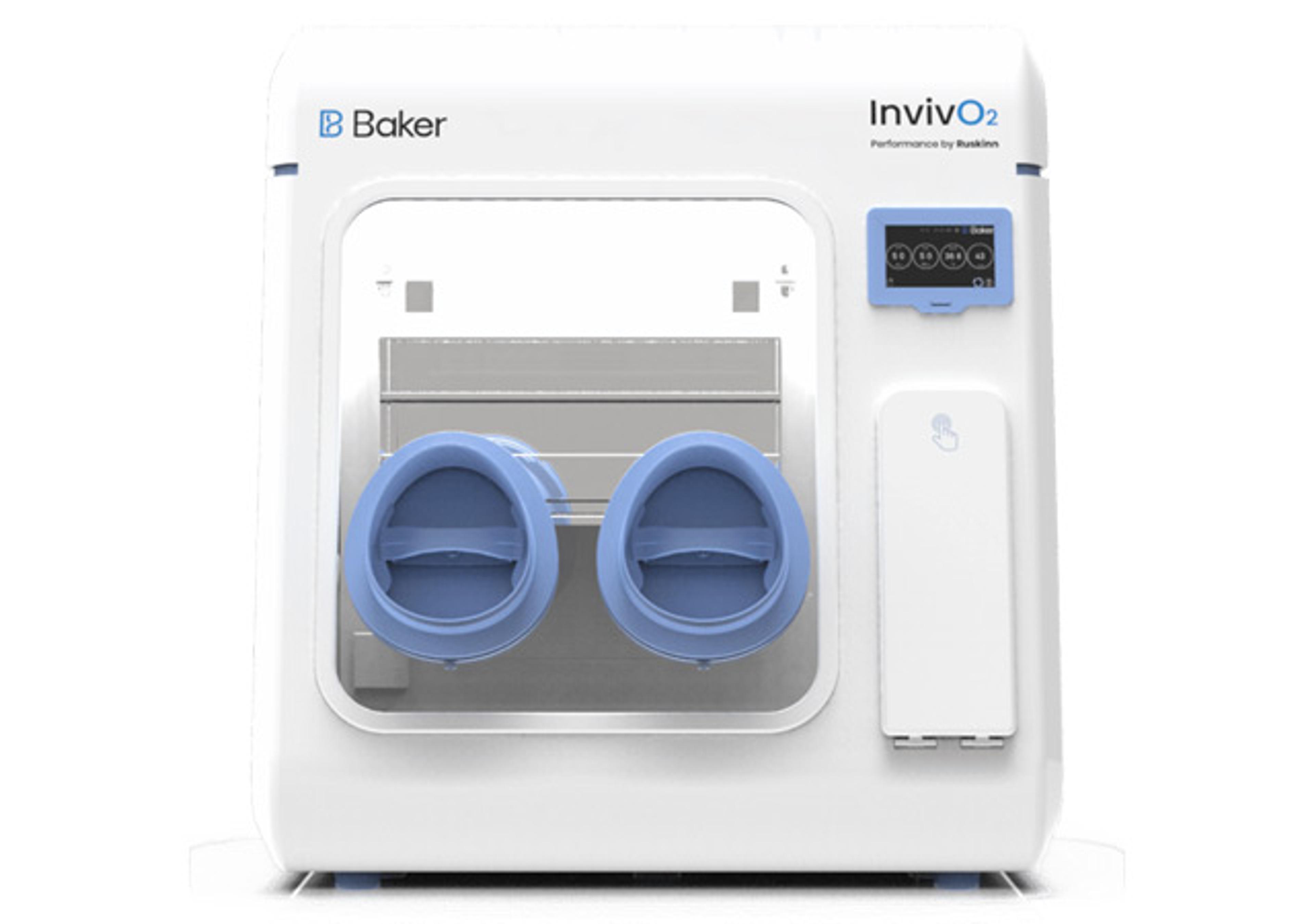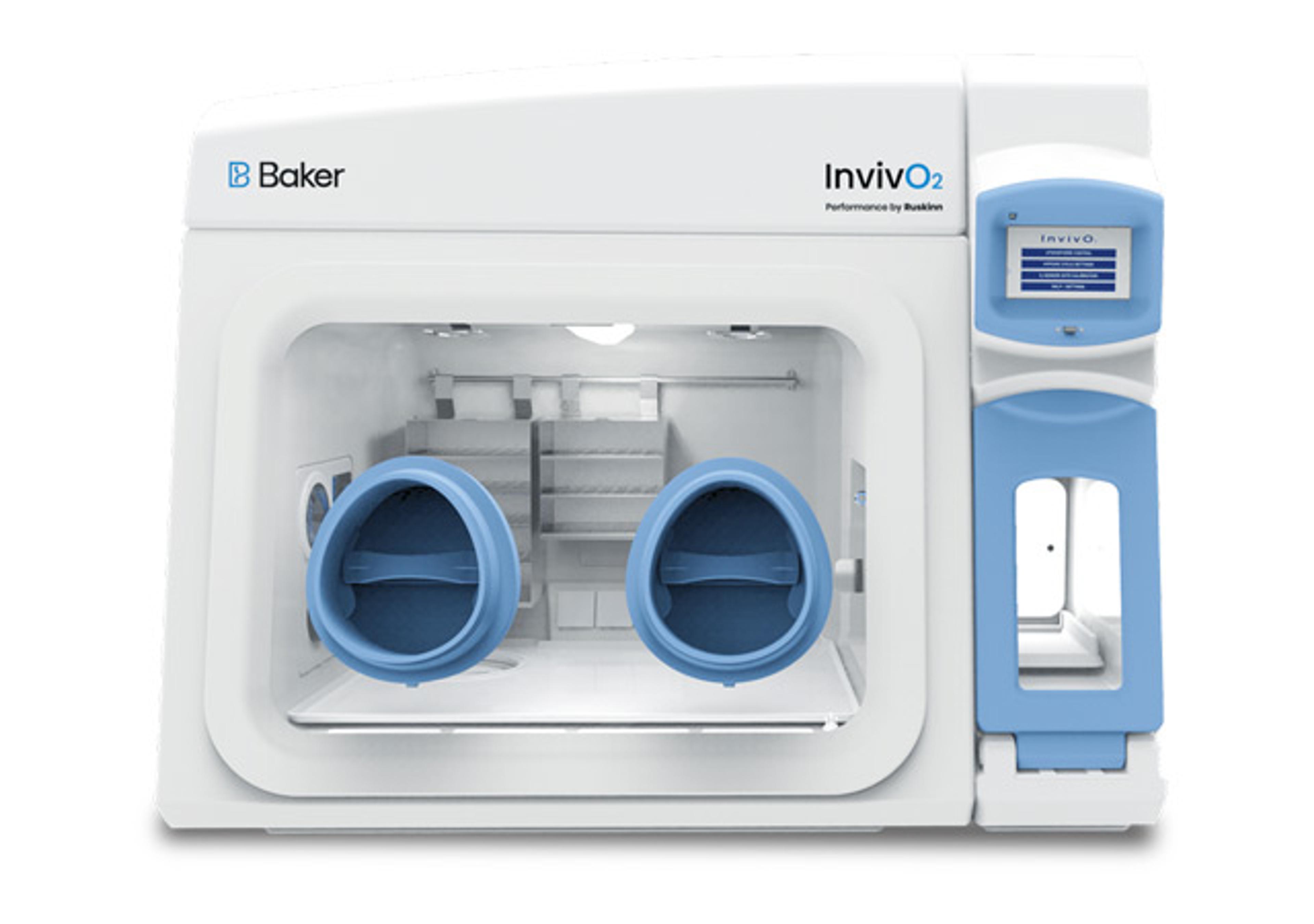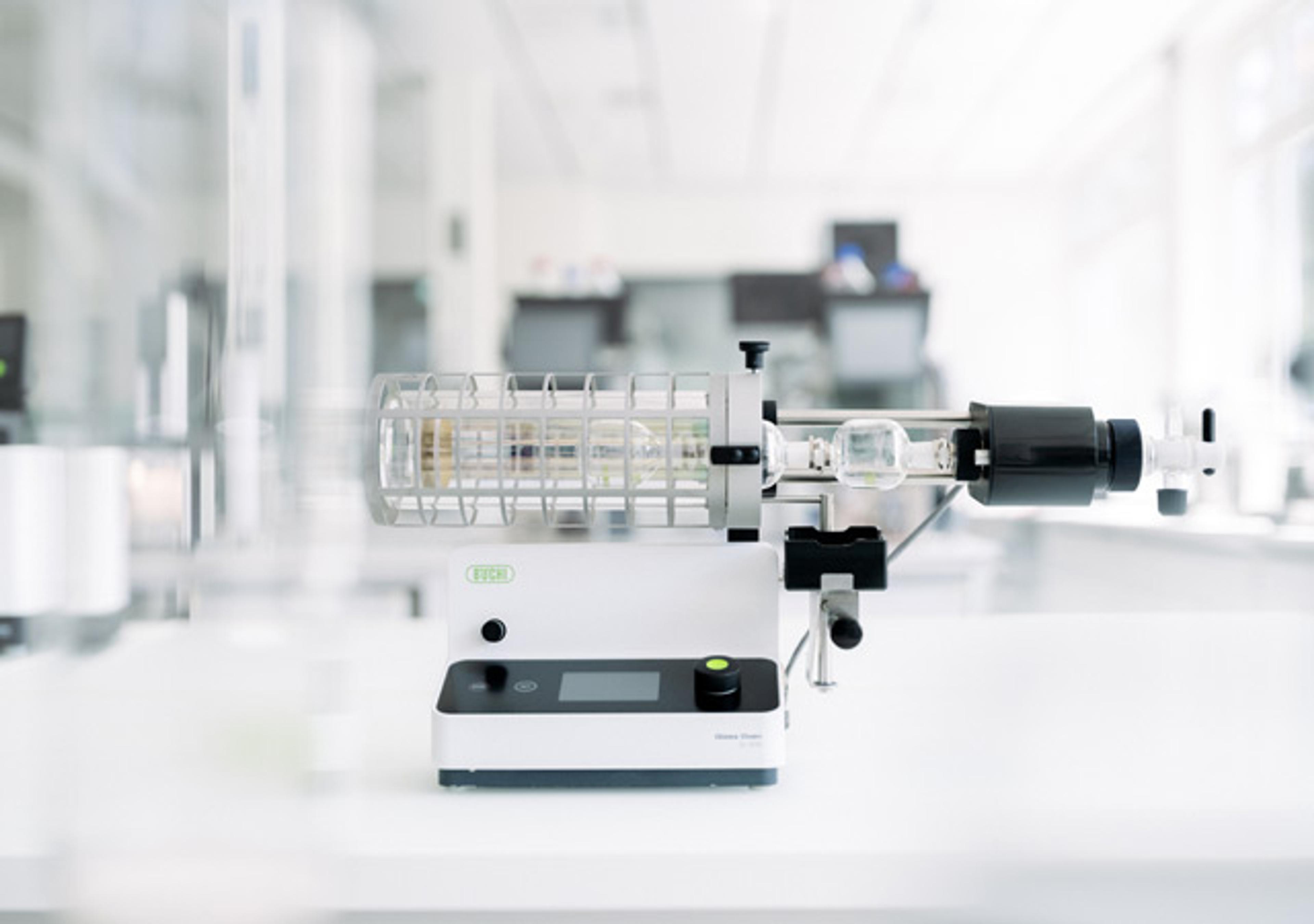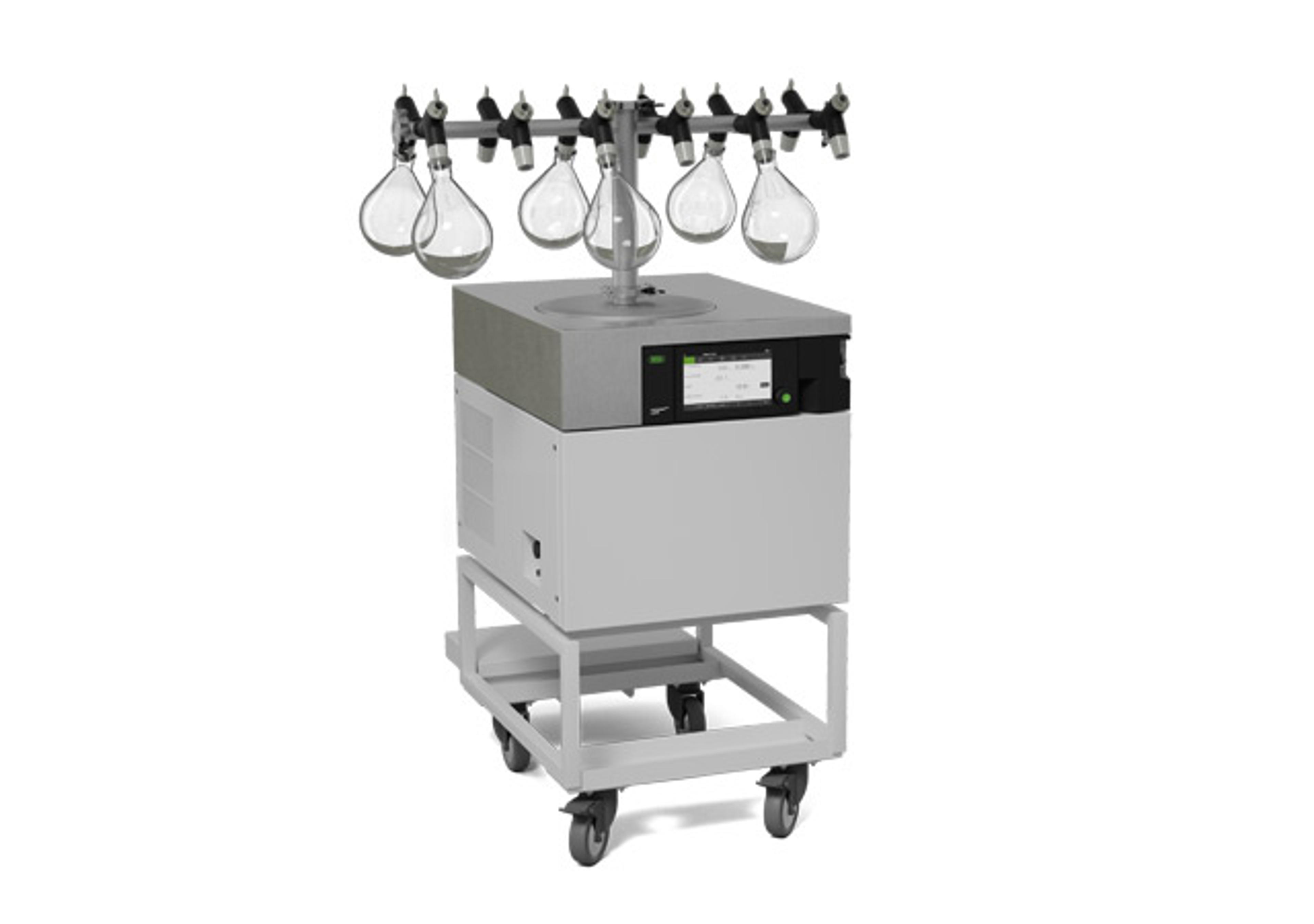Occult Detect
The Occult Detect Test is a rapid chromatographic immunoassay for the qualitative detection of Human Occult Blood in feces.Many diseases can cause hidden blood in the feces. This is also known as Fecal Occult Blood (FOB), Human Occult Blood, or Human Hemoglobin. In the early stages, gastrointestinal problems such as colon cancer, ulcers, polyps, colitis, diverticulitis, and fissures may not show any visible symptoms, only occu…

The supplier does not provide quotations for this product through SelectScience. You can search for similar products in our Product Directory.
The Occult Detect Test is a rapid chromatographic immunoassay for the qualitative detection of Human Occult Blood in feces.Many diseases can cause hidden blood in the feces. This is also known as Fecal Occult Blood (FOB), Human Occult Blood, or Human Hemoglobin. In the early stages, gastrointestinal problems such as colon cancer, ulcers, polyps, colitis, diverticulitis, and fissures may not show any visible symptoms, only occult blood. Traditional guaiac-based methods lack sensitivity and specificity, and also have diet restrictions prior to testing.1,2 The Occult Detect Test is a rapid test to qualitatively detect low levels of Fecal Occult Blood. The test uses a double antibody sandwich assay to selectively detect Fecal Occult Blood at 40 ng/mL or higher, or 4.8 μg/g feces. In addition, unlike guaiac assays, the accuracy of the test is not affected by the diet of the patients.The Occult Detect Test is a qualitative, lateral flow immunoassay for the detection of Human Occult Blood in feces. The membrane is precoated with anti-hemoglobin antibody on the test line region of the test. During testing, the specimen reacts with the particle coated with anti-hemoglobin antibody. The mixture migrates upward on the membrane chromatographically by capillary action to react with anti-hemoglobin antibody on the membrane and generate a coloured line. The presence of this coloured line in the test line region indicates a positive result, while its absence indicates a negative result. To serve as a procedural control, a coloured line will always appear in the control line region, indicating that the proper volume of specimen has been added and membrane wicking has occurred.



